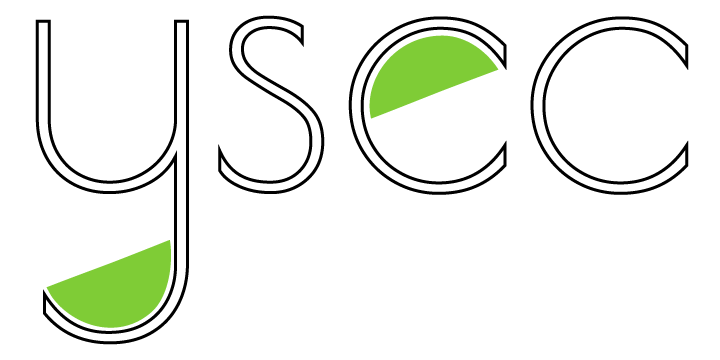Toronto harbour tackles its debris pollution problem
Dec 17, 2019
Melina Damian, YSEC consultant
Toronto has often been categorized among one of the cleanest cities in the world. Public spaces such as subway platforms, city parks, downtown streets and other highly populated areas are often well-kept from accumulating garbage.
In reality, Toronto’s shorelines are far from clean. In fact, anthropogenic debris pollution has been found all across the Great Lakes, and Lake Ontario is no exception. Plastics often make up most of this pollution and their chemical composition makes it extremely difficult to break down. Experts have estimated of all plastics ever produced, approximately half have become trash and are currently accumulating in landfills or in the natural environment.
Shoreline cleanup along Lake Ontario in celebration of World Environment Day. Newswire.ca
Surveys conducted by the Great Canadian Shoreline Cleanup have demonstrated that Toronto’s shorelines are often highly polluted with all kinds of trash. In 2017, volunteers collected 62 kilograms of trash from a single clean-up at Sunnyside Beach. The same year, another team of volunteers retrieved 56 kilograms of trash during a clean-up at Cherry Beach. Tiny plastic particles, cigarette butts and plastic beverage bottles are the top three most commonly found items. This type of pollution is a threat to marine life and to a major drinking water source, Lake Ontario.
Seabin pilot at Toronto Harbour. This technology is the first of its kind to be installed in a North American harbour. CBC News.
To tackle the plastic problem, Ports Toronto has implemented an innovative approach in Toronto’s Harbour. Earlier this summer, seabins were deployed in Toronto's Outer Harbour Marina. This technology resembles a floating garbage bin and sucks debris into a containment bag using an electric pump. It can absorb large garbage pieces, microplastics and even oil and gas leakages. With a capacity to collect up to 4 kilograms of garbage a day, the seabins need to be emptied daily by hand. Following the successful implementation of three seabins, Ports Toronto decided to add two more devices in October.
Do Seabins offer a viable solution?
Seabins are a welcome new addition to the harbour. Not only are they a new and inexpensive technology, the rate of absorption by the seabins will translate to roughly 1,400 kilograms of trash cleaned annually.
It is also necessary to consider however, that sources of anthropogenic debris originate upstream and that’s where the plastic problem needs to be additionally tackled. Mitigation strategies such as retaining walls or breakwater structures to filtrate debris could help prevent pollutants from entering Lake Ontario through many of the city’s streams and rivers. Debris can reach freshwater environments either through purposeful littering, accidental spillage or via wind and storm drains. The University of Toronto’s trash team estimated in 2017 that roughly 650 kilograms of plastic litter is flushed into Lake Ontario from the Don River annually. In addition to this, it is imperative that education strategies such as the City’s Community Reduce & Reuse Programs pair up with mitigation efforts to target consumer behaviour.
The seabins pilot puts Toronto in a long overdue, right direction, but the clean up is still messy.
References
Barnes, D. K., Galgani, F., Thompson, R. C., Barlaz, M. 2009. Accumulation and fragmentation of plastic debris in global environments. Philos. T. Roy. Soc. B. 364(1526), 1985-1998.
Geyer, R., Jambeck, J. R., & Law, K. L. (2017). Production, use, and fate of all plastics ever made. Science advances, 3(7), e1700782.
Provencher, J. F., Bond, A. L., Mallory, M. L. 2014. Marine birds and plastic debris in Canada: a national synthesis and a way forward. Environ. Rev. 23(1), 1-13.


